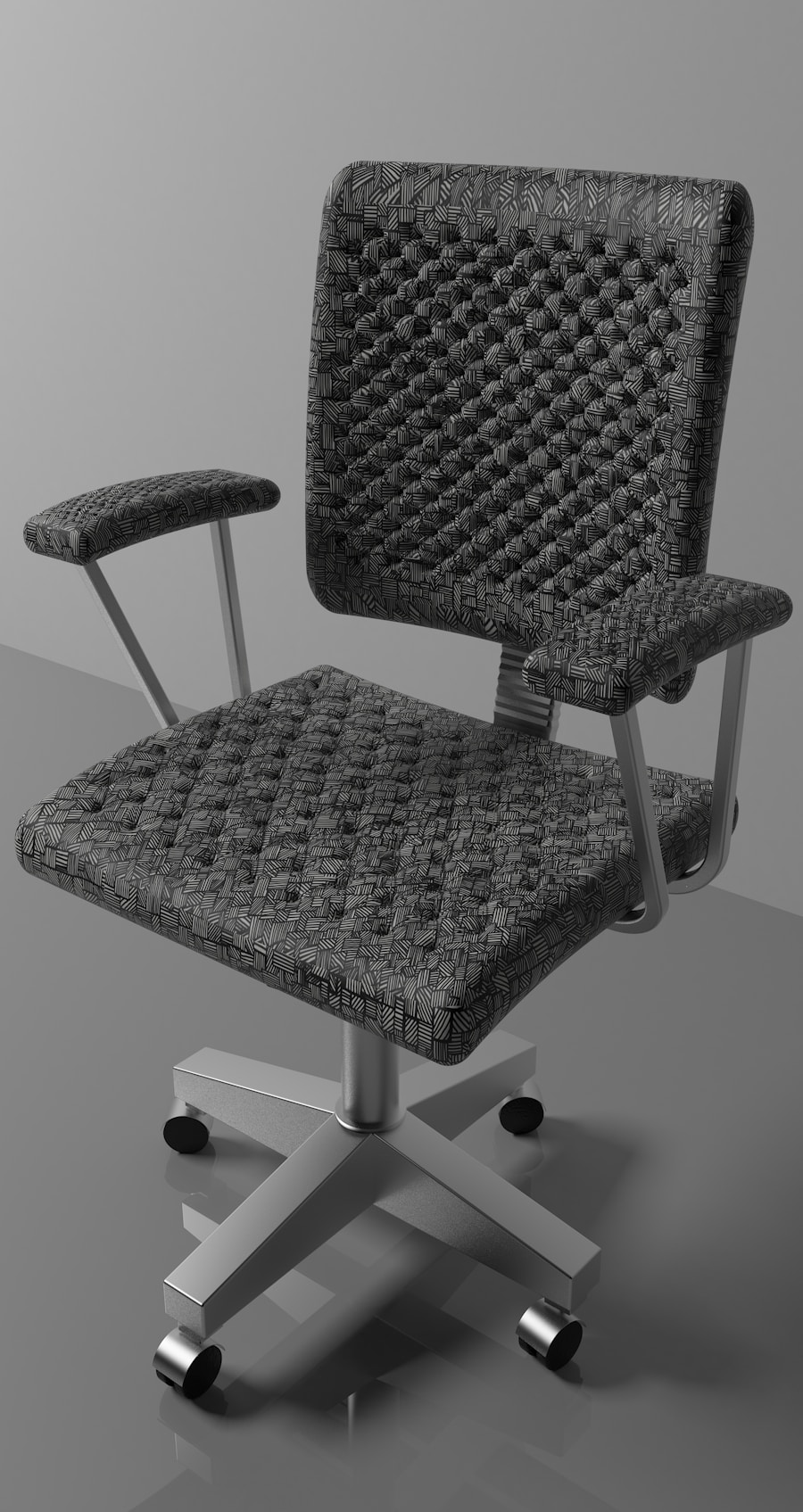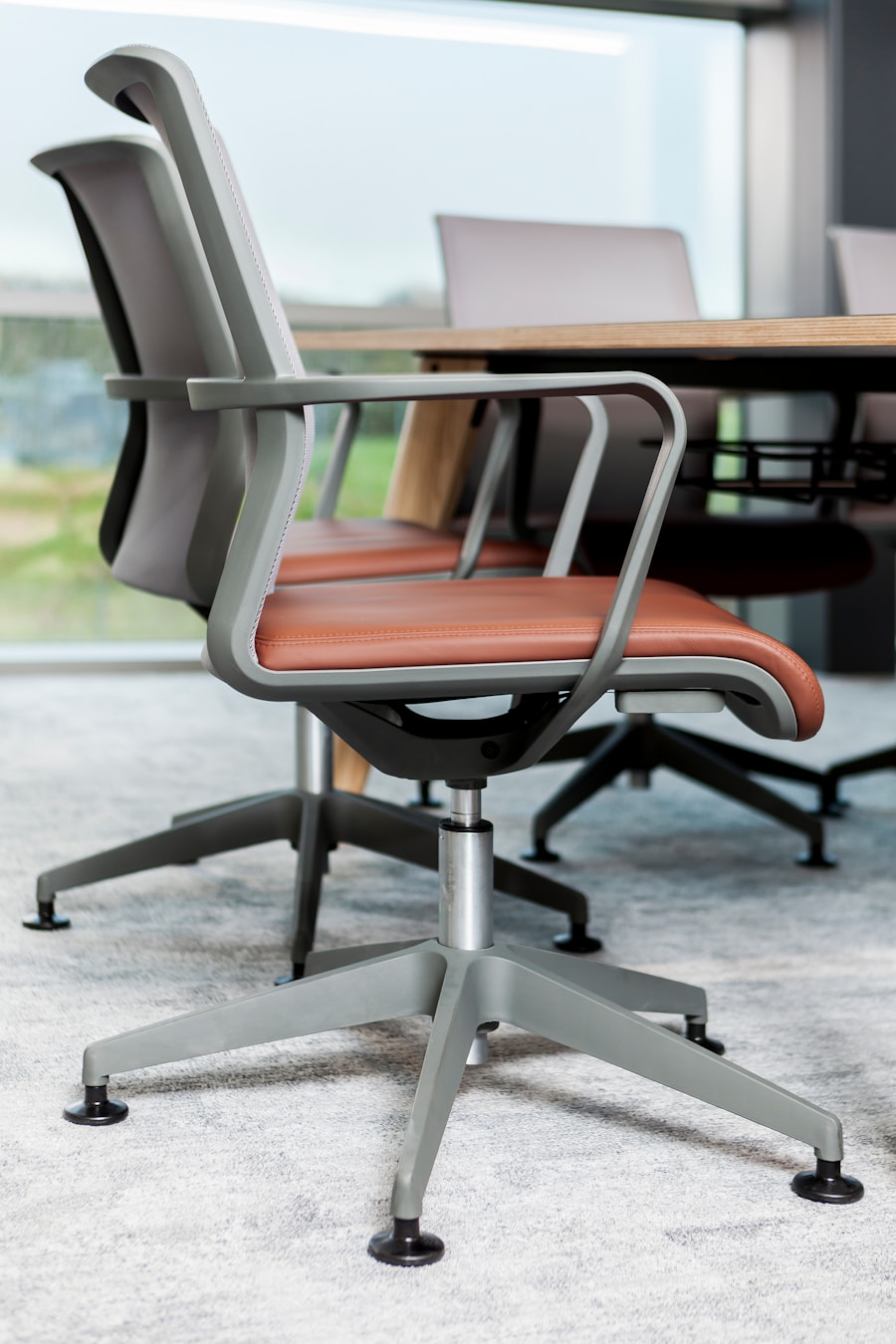Ergonomics, the science of designing the workplace to fit the user’s needs, plays a crucial role in enhancing productivity and ensuring employee well-being. In an era where many individuals spend upwards of eight hours a day seated at desks, the implications of poor ergonomic practices can be profound. Research has shown that improper workstation setups can lead to a myriad of health issues, including musculoskeletal disorders, chronic pain, and decreased overall job satisfaction.
By prioritizing ergonomics, organizations can create a more conducive work environment that not only boosts efficiency but also fosters a culture of health and safety. The significance of ergonomics extends beyond mere comfort; it encompasses the entire spectrum of employee health. For instance, studies indicate that ergonomic interventions can reduce the incidence of workplace injuries, which in turn lowers healthcare costs and absenteeism.
Furthermore, when employees feel physically comfortable and supported, their focus and engagement levels tend to rise. This correlation between ergonomic design and employee performance underscores the necessity for businesses to invest in ergonomic solutions as a means of enhancing both individual and organizational success.
Key Takeaways
- Ergonomics in the workplace is crucial for promoting comfort, productivity, and overall well-being of employees.
- Choosing the right ergonomic office chair involves considering factors such as adjustable features, lumbar support, and seat depth.
- Adjusting your ergonomic office chair to fit your body and work habits is essential for maximum comfort and support.
- Maintaining proper posture while sitting in an ergonomic office chair can help prevent musculoskeletal issues and improve overall health.
- Incorporating movement and stretching into your workday can help reduce the negative effects of prolonged sitting and improve circulation.
Choosing the Right Ergonomic Office Chair for Your Needs
Selecting an ergonomic office chair is a pivotal step in establishing a healthy workspace. The right chair should cater to individual body types and preferences while providing essential support features. Key elements to consider include adjustable seat height, lumbar support, seat depth, and armrest positioning.
For example, a chair with adjustable lumbar support can help maintain the natural curve of the spine, reducing strain on the lower back. Additionally, a seat that allows for depth adjustment ensures that users can sit back comfortably while keeping their feet flat on the ground. Another critical factor is the material of the chair.
Breathable fabrics can enhance comfort during long hours of sitting by allowing air circulation, while cushioned seats provide necessary padding without compromising support. Furthermore, mobility is an often-overlooked aspect; chairs with wheels and swivel capabilities facilitate movement around the workspace, promoting better interaction with colleagues and resources. Ultimately, choosing an ergonomic office chair involves assessing personal needs and preferences while ensuring that the chair aligns with best ergonomic practices.
Adjusting Your Ergonomic Office Chair for Maximum Comfort

Once an ergonomic office chair has been selected, proper adjustment is essential to maximize its benefits. The first step is to set the seat height so that your feet rest flat on the floor or on a footrest, with your knees at or slightly below hip level. This positioning helps maintain proper blood circulation and reduces pressure on the thighs.
Next, adjusting the backrest to support the lower back is crucial; it should fit snugly against the lumbar region to promote spinal alignment. Armrests also require careful consideration. They should be positioned so that your shoulders remain relaxed and your elbows are close to your body at a 90-degree angle.
This adjustment minimizes strain on the shoulders and neck, which are common areas of discomfort for those who sit for extended periods. Additionally, many ergonomic chairs offer features such as tilt tension and recline adjustments, which allow users to find their preferred sitting angle. Taking the time to fine-tune these settings can significantly enhance comfort and productivity throughout the workday.
Maintaining Proper Posture While Sitting in an Ergonomic Office Chair
Even with an ergonomic chair, maintaining proper posture is vital for long-term health and comfort. Good posture involves sitting up straight with your back against the chair and your shoulders relaxed but not slouched. The alignment of your head should be neutral, with ears aligned over your shoulders to prevent neck strain.
It’s important to avoid leaning forward or hunching over your desk, as these positions can lead to discomfort and fatigue over time. Regularly checking in on your posture throughout the day can help reinforce good habits. Setting reminders or using apps designed to promote posture awareness can be beneficial in this regard.
Additionally, incorporating small adjustments—such as repositioning your computer monitor at eye level—can further support proper alignment. By being mindful of posture while seated in an ergonomic chair, individuals can mitigate the risk of developing chronic pain and enhance their overall work experience.
Incorporating Movement and Stretching into Your Workday
Sitting for prolonged periods, even in an ergonomic chair, can lead to stiffness and discomfort. To counteract this, it’s essential to incorporate movement and stretching into your daily routine. Simple practices such as standing up every hour to walk around or perform light stretches can significantly improve circulation and reduce muscle tension.
For instance, standing stretches like reaching for the ceiling or side bends can alleviate tightness in the back and shoulders. Moreover, integrating short exercise breaks into your workday can enhance focus and productivity. Activities such as desk yoga or quick cardio bursts—like jumping jacks or brisk walking—can invigorate both body and mind.
Many organizations are now recognizing the importance of movement by encouraging walking meetings or providing designated areas for physical activity during breaks. By fostering a culture that values movement alongside seated work, employees can experience improved energy levels and overall well-being.
Adding Additional Ergonomic Accessories to Enhance Comfort

Beyond selecting an ergonomic office chair, various accessories can further enhance comfort and support in the workplace. A keyboard tray is one such accessory that allows for optimal positioning of hands while typing, reducing strain on wrists and forearms. Adjustable monitor stands are also invaluable; they enable users to position screens at eye level, minimizing neck strain and promoting better posture.
Footrests are another beneficial addition, particularly for individuals whose feet do not comfortably reach the floor when seated. A footrest can help maintain proper leg positioning while providing a place to shift weight during long periods of sitting. Additionally, using document holders can prevent awkward neck angles when referencing papers or notes while typing.
By thoughtfully incorporating these accessories into the workspace, individuals can create a more supportive environment that caters to their specific ergonomic needs.
Considering the Long-Term Health Benefits of Using an Ergonomic Office Chair
The long-term health benefits of utilizing an ergonomic office chair extend far beyond immediate comfort; they encompass a holistic approach to workplace wellness. Research indicates that employees who use ergonomic furniture experience lower rates of musculoskeletal disorders over time. This reduction in injury risk not only contributes to improved physical health but also enhances mental well-being by reducing stress associated with chronic pain.
Furthermore, investing in ergonomic solutions can lead to increased job satisfaction and retention rates among employees. When individuals feel supported in their work environment, they are more likely to remain engaged and committed to their roles. This sense of well-being translates into higher productivity levels and reduced absenteeism due to health-related issues.
Organizations that prioritize ergonomics demonstrate a commitment to employee welfare, fostering loyalty and a positive workplace culture.
Seeking Professional Advice for Optimal Ergonomic Setup in the Workplace
While many individuals can make informed decisions about their ergonomic setups based on research and personal experience, seeking professional advice can provide tailored solutions that address specific needs. Ergonomists or occupational health specialists possess expertise in assessing work environments and recommending adjustments that optimize comfort and efficiency. They can conduct evaluations of individual workstations, taking into account factors such as body mechanics, job tasks, and personal preferences.
Incorporating professional guidance into workplace ergonomics not only enhances individual setups but also contributes to broader organizational strategies aimed at improving employee health and productivity. Workshops or training sessions led by ergonomics professionals can educate employees about best practices for maintaining ergonomic principles throughout their workday. By investing in expert advice, organizations can ensure that their commitment to ergonomics translates into meaningful improvements in employee well-being and performance over time.
If you are looking to optimize your office space for comfort and productivity, investing in an ergonomic chair is essential. These chairs are designed to provide proper support and promote good posture, reducing the risk of back pain and other musculoskeletal issues. To learn more about how to create a comfortable and efficient workspace, check out this article on optimizing your conference room setup. It offers valuable tips and insights on how to design a workspace that enhances collaboration and productivity.
FAQs
What is an ergonomic chair for office?
An ergonomic chair for office is designed to provide support and comfort to the user, promoting good posture and reducing the risk of musculoskeletal disorders.
What are the benefits of using an ergonomic chair for office?
Using an ergonomic chair for office can help reduce back and neck pain, improve posture, increase productivity, and decrease the risk of developing musculoskeletal disorders.
What features should I look for in an ergonomic chair for office?
Key features to look for in an ergonomic chair for office include adjustable seat height, lumbar support, adjustable armrests, seat depth adjustment, and a swivel base.
How do I adjust an ergonomic chair for office to fit my body?
To adjust an ergonomic chair for office, start by setting the seat height so that your feet are flat on the floor and your knees are at a 90-degree angle. Adjust the lumbar support to fit the natural curve of your lower back, and position the armrests so that your arms are relaxed and your shoulders are not hunched.
Are ergonomic chairs for office worth the investment?
Yes, ergonomic chairs for office are worth the investment as they can help prevent and alleviate back and neck pain, improve posture, and contribute to overall well-being and productivity in the workplace.


